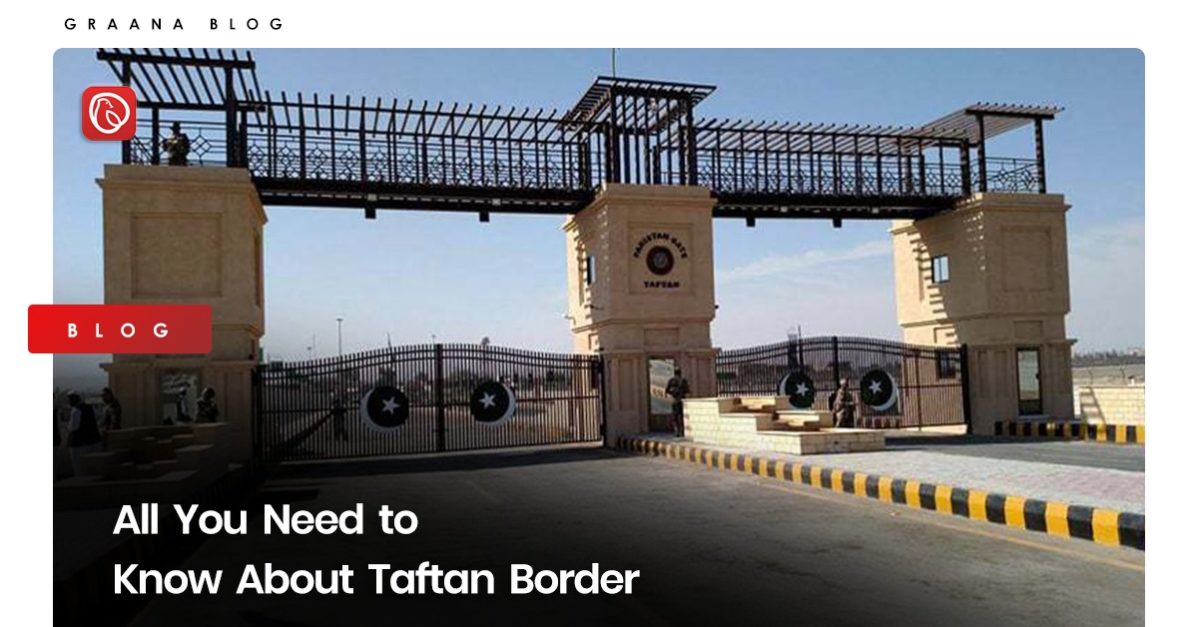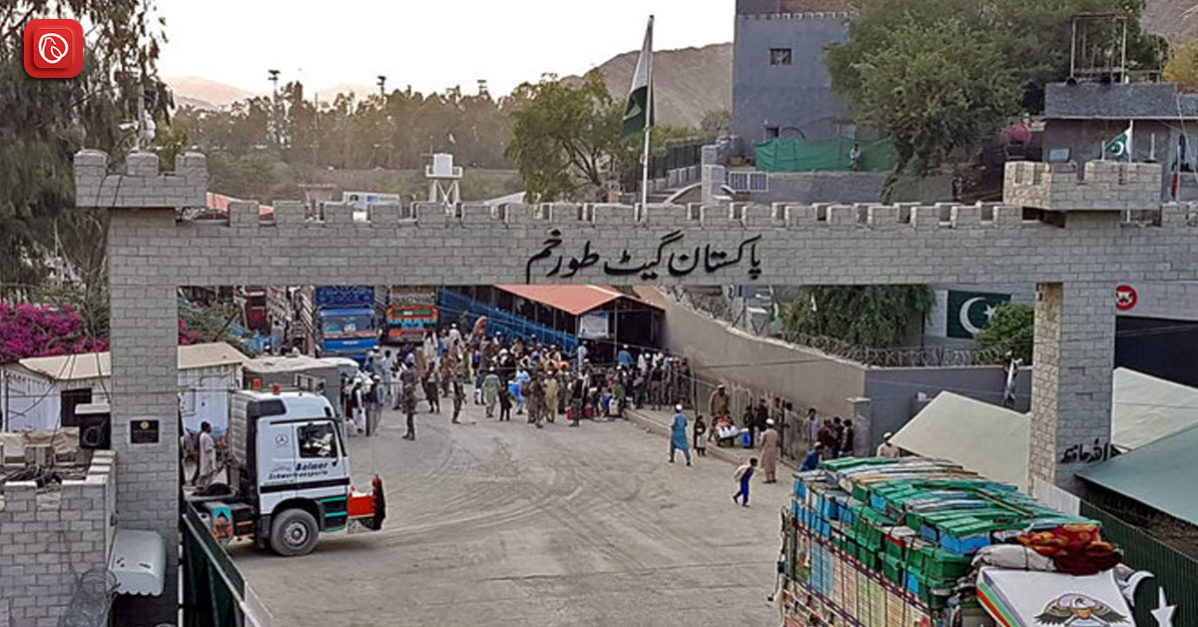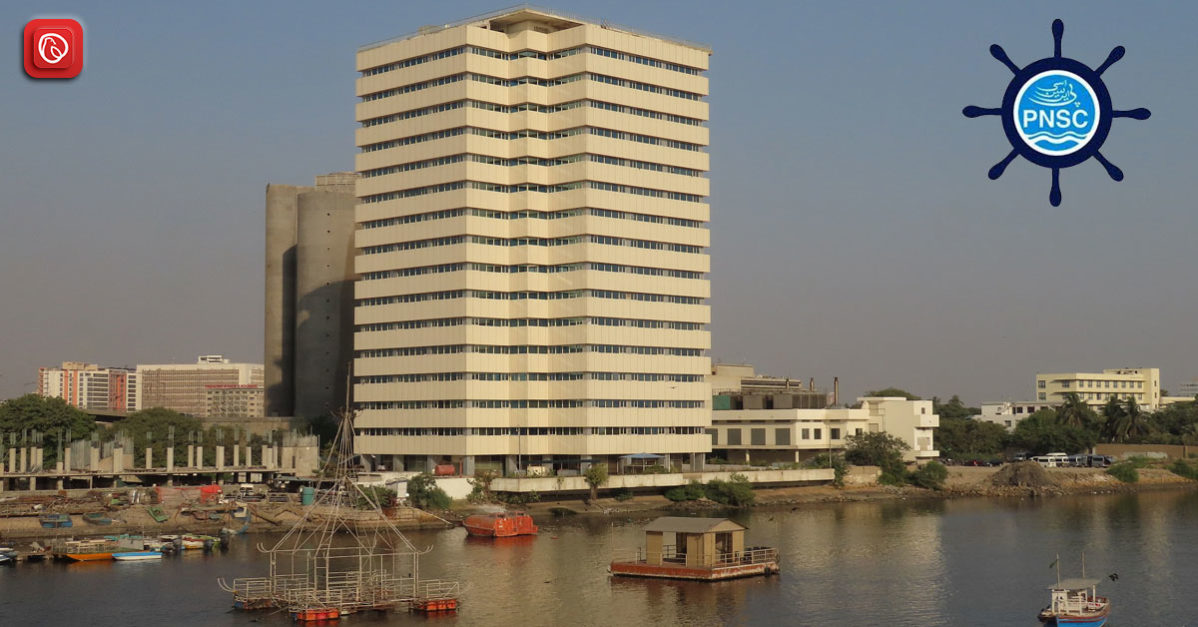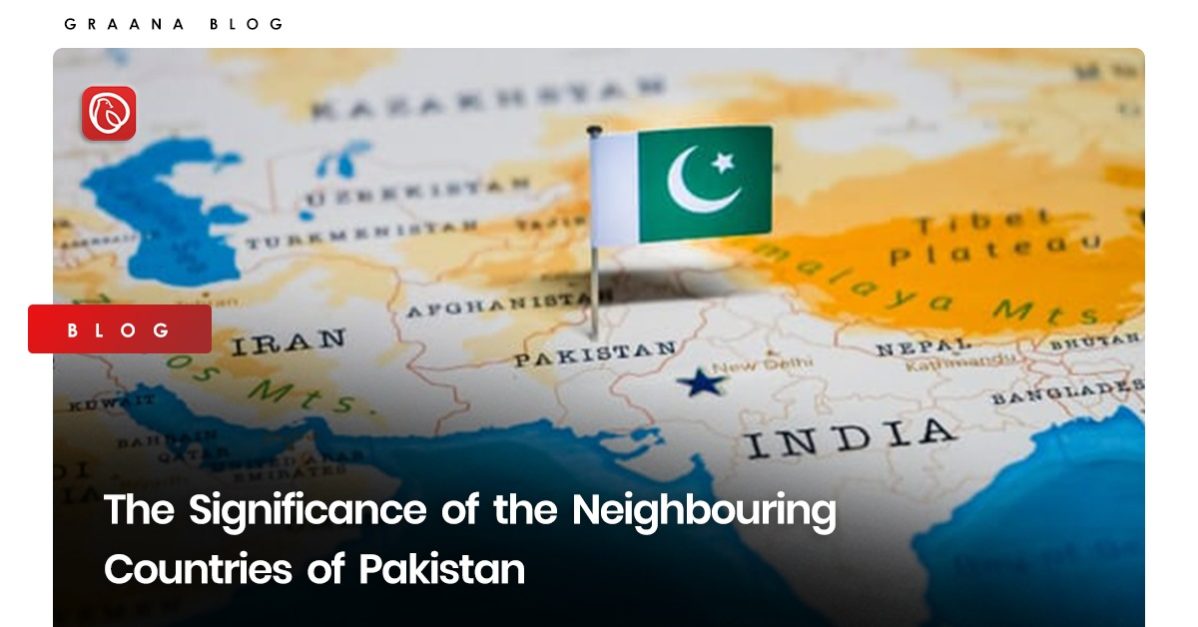Taftan border is one of the main border crossings between Pakistan and Iran, located in the Balochistan province of Pakistan. It serves as an important point of entry for trade between the two countries.
It is essential to understand the procedures and regulations involved in crossing the Taftan border, ensuring a smooth and hassle-free experience. Failure to comply with the rules and regulations can lead to delays, fines, and even legal consequences.
In this blog post, Graana.com provides you with all the information you need to know about the Taftan border, including its location, crossing procedures, transportation options, accommodations, and trade regulations.
Location of Taftan Border
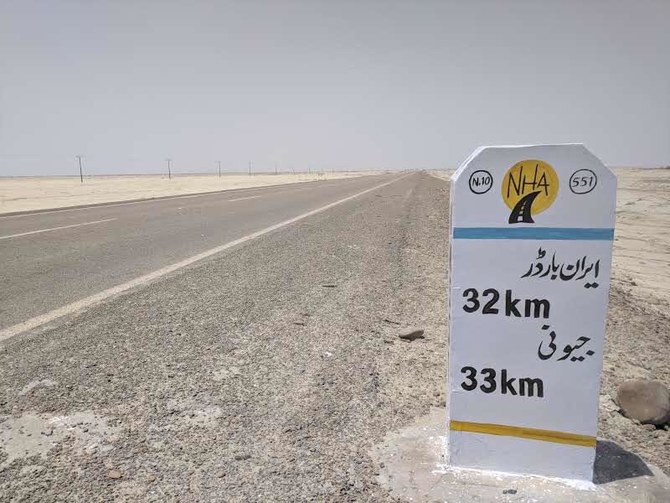
Taftan border is situated in the southwestern part of Pakistan’s Balochistan province, near the town of Taftan. It is approximately 590 km from Quetta, the capital of the province. On the Iranian side, it is near the city of Mirjaveh in the Sistan and Baluchestan province.
The border’s location is significant due to its proximity to major cities and trade routes. It connects the Pakistani province of Balochistan to the Iranian province of Sistan and Baluchestan, allowing for cross-border trade and travel. Additionally, it is part of the China-Pakistan Economic Corridor (CPEC) project, which aims to improve infrastructure and economic ties between China and Pakistan.
Taftan border is accessible by road, and several transportation options are available, including buses, taxis, and private cars. The nearest airport is the Quetta International Airport, which is about 600 km away from the border. The border crossing is essential for the two provinces as there are no direct flights from Quetta to Mirjaveh or other nearby Iranian cities.
Crossing the Taftan Border
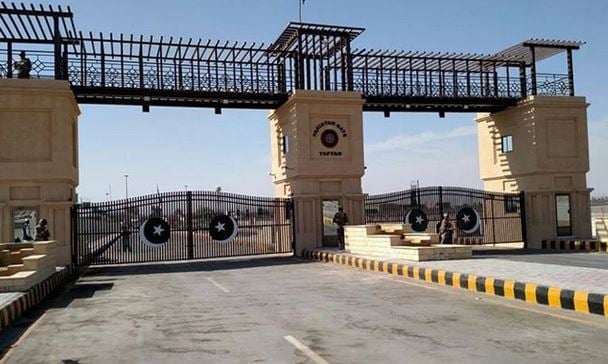
When crossing the Taftan border, travellers must have a valid passport, visa, and other necessary travel documents. Pakistani citizens must have a National Identity Card for Overseas Pakistanis (NICOP) or a Pakistan Origin Card (POC) to travel to Iran. In contrast, Iranian citizens require a valid Iranian passport or travel document.
Customs rules at the Taftan border are strict, and travellers must declare all goods they are carrying with them. Some items, such as weapons, narcotics, and alcohol, are strictly prohibited. Furthermore, there are also limits on the amount of cash and gold that can be carried across the border.
Security checks at the Taftan border are thorough, and travellers are required to go through immigration, customs, and security checks. There may be additional checks, including X-ray scans and body searches. It is essential to cooperate with border officials and follow their instructions.
To ensure a smooth crossing at the Taftan border, it is advisable to arrive early and have all the necessary documents prepared. Also, it is recommended to dress appropriately and modestly, be respectful to border officials, and avoid carrying prohibited items. Additionally, travellers should remain aware of their surroundings and exercise caution, particularly at night.
Travelling to and From Taftan Border
There are several transportation options available for travellers to and from the Taftan border. Buses and taxis are readily available from Quetta and other major cities in Pakistan. However, due to the distance and security concerns, it is recommended to hire a private car or take a shared taxi. On the Iranian side, transportation options include taxis, buses, and private cars.
There are limited accommodation options near the Taftan border, with most travellers staying in Taftan or the nearby city of Chagai. Taftan has several budget hotels and guest houses, while Chagai has more options, including mid-range and luxury hotels. It is advised to book accommodation in advance, particularly during peak travel seasons.
Precautions should be taken when travelling to and from the Taftan border. The area is prone to security risks, especially due to its proximity to the Afghanistan border. It is advisable to avoid travelling at night, stick to well-lit and populated areas, and remain vigilant at all times. It is also recommended to keep important documents and valuables secure and avoid displaying any sort of wealth.
Trade and Commerce at the Taftan Border
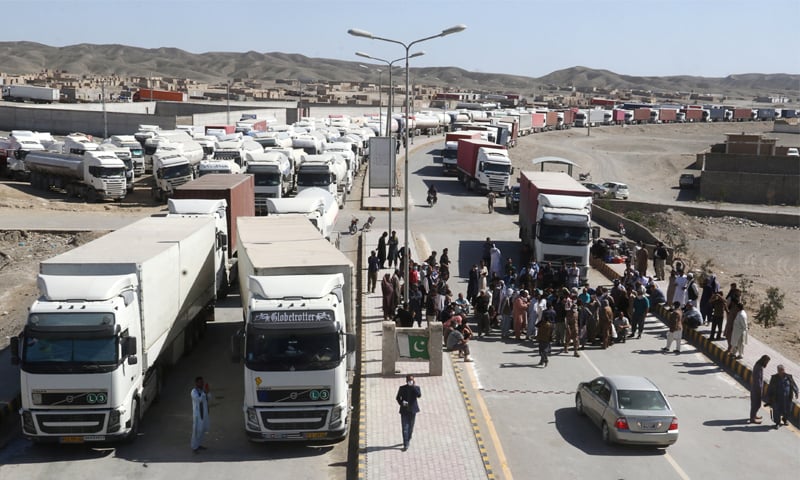
Taftan border is a significant point of entry for trade and commerce between Pakistan and Iran. Various goods, including textiles, fruits, and vegetables, are traded across the border.
There are specific rules and procedures that businesses must comply with to engage in cross-border trade at the Taftan border. This includes obtaining necessary permits and licences and adhering to customs rules. The border authorities also conduct inspections to ensure compliance with trade regulations.
Businesses must follow specific procedures to transport goods across the Taftan border. This includes completing the necessary paperwork, paying applicable taxes and duties, and obtaining clearances from customs and other authorities. In addition to this, transporters must also comply with safety rules and ensure that goods are transported securely and safely.
Frequently Asked Questions (FAQs)
Q: Where is the Taftan border located?
A: The Taftan border is situated in the southwestern part of Pakistan’s Balochistan province, near the town of Taftan. It connects the Pakistani province of Balochistan to the Iranian province of Sistan and Baluchestan.
Q: What documents are required to cross the Taftan border?
A: Travellers must have a valid passport, visa, and other necessary travel documents. Pakistani citizens must have a National Identity Card for Overseas Pakistanis (NICOP) or a Pakistan Origin Card (POC) to travel to Iran. In contrast, Iranian citizens require a valid Iranian passport or travel document.
Q: What are the customs regulations at the Taftan border?
A: Customs regulations at the Taftan border are strict, and travellers must declare all goods they are carrying with them. Some items, such as weapons, narcotics, and alcohol, are strictly prohibited. There are also limits on the amount of cash and gold that can be carried across the border.
Q: What precautions should be taken when travelling to and from the Taftan border?
A: Safety concerns and precautions should be taken when travelling to and from the Taftan border. The area is prone to security risks and is close to the Afghanistan border. It is advisable to avoid travelling at night, stick to well-lit and populated areas, and remain vigilant at all times. It is also recommended to keep important documents and valuables secure and avoid displaying wealth.
Q: What are the transportation options to and from the Taftan border?
A: There are several transportation options available for travellers to and from the Taftan border, including buses, taxis, and private cars. It is recommended to hire a private car or take a shared taxi due to distance and security concerns.
Q: What are the trade regulations and procedures at the Taftan border?
A: Businesses must comply with specific rules and procedures to engage in cross-border trade at the Taftan border. This includes obtaining necessary permits and licences and adhering to customs regulations. Furthermore, transporters must also comply with safety rules and ensure that goods are transported securely and safely.
Q: What are the safety concerns and precautions related to trade and commerce at the Taftan border?
A: Businesses engaged in cross-border trade at the border must exercise caution and remain vigilant at all times. It is advisable to use the services of experienced logistics providers to ensure smooth border crossing and timely delivery of goods.
For more related information, visit Graana Blog.
